Marvelous Marmots: Chonky Whistling Survivors of the Mountains
Meet the Marvelous Marmot
What do you get when you mix the fluffiness of a squirrel, the social skills of a prairie dog, and the survival instincts of a mountaineer? Marvelous marmots of course! These chonky, whistle-blowing wonders are some of the most fascinating (and overlooked!) animals in the wild. Found in high-altitude habitats all over the world, marmots are the ultimate underground engineers and alpine alarm systems.
Let’s dig into what makes these chunky charmers so special!
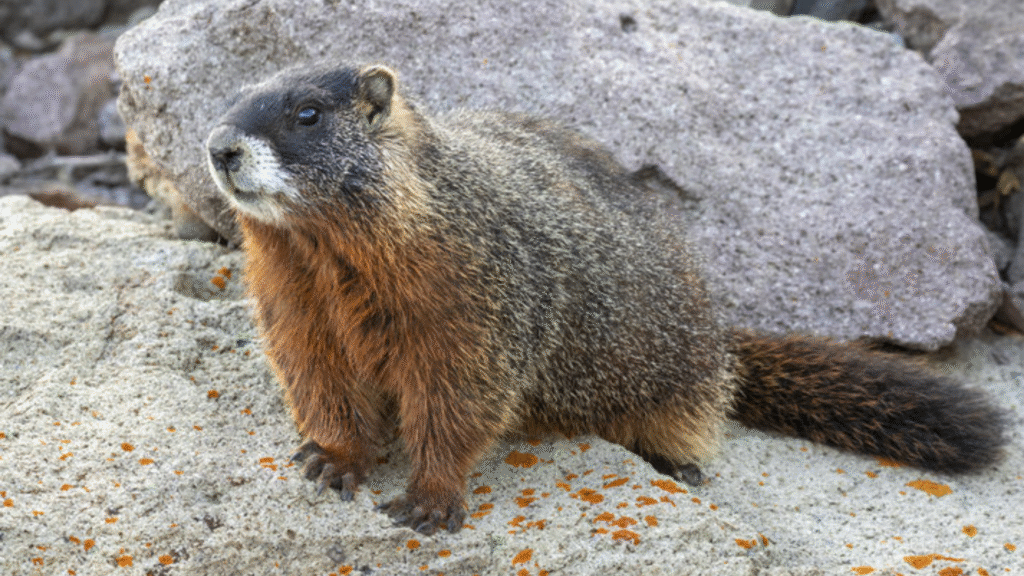

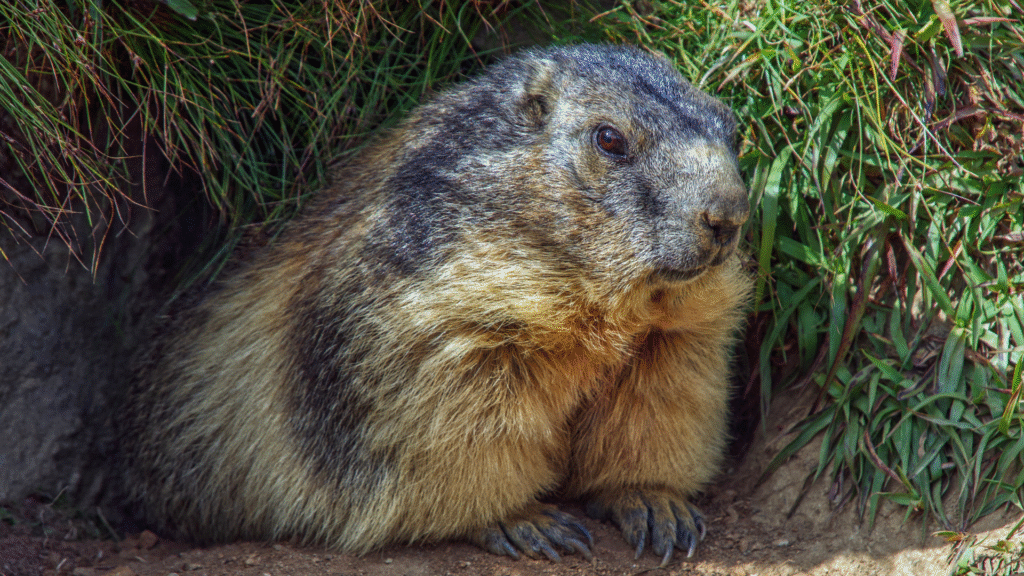
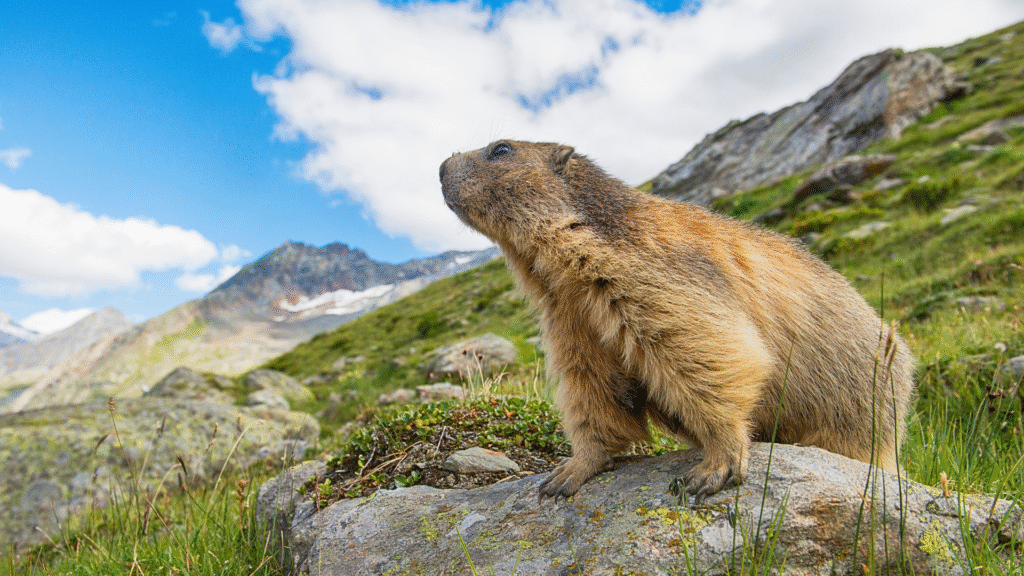
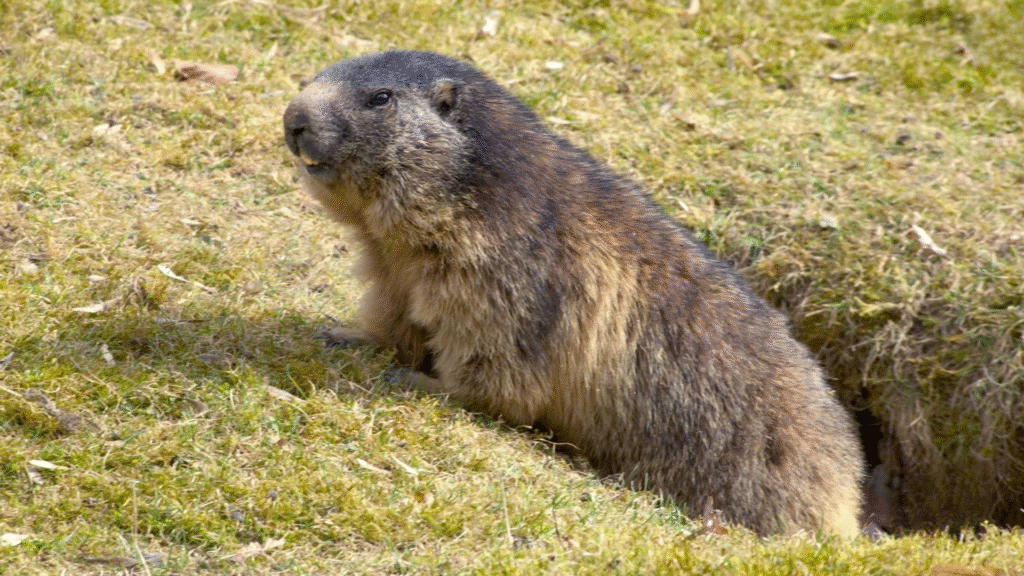
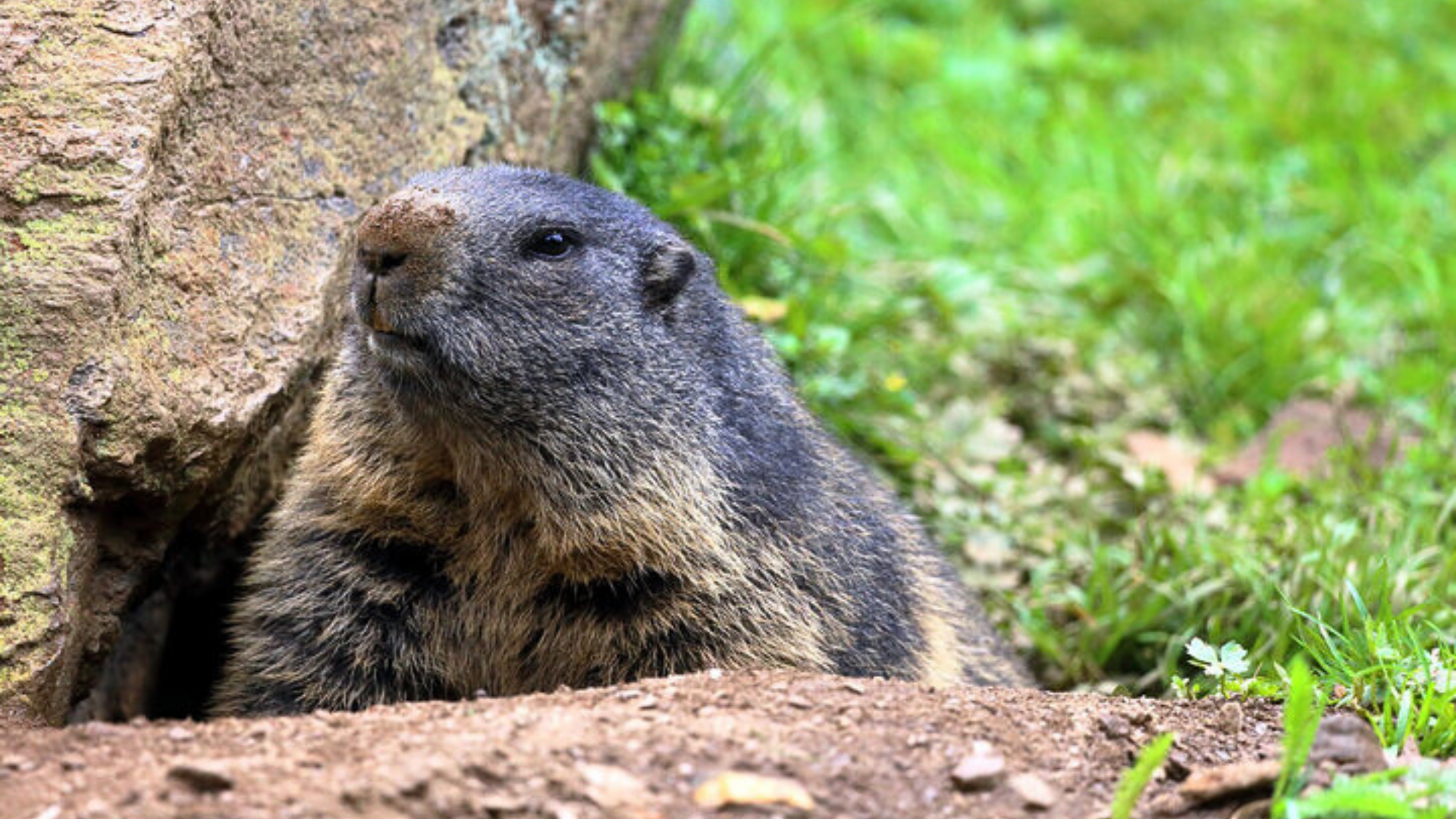
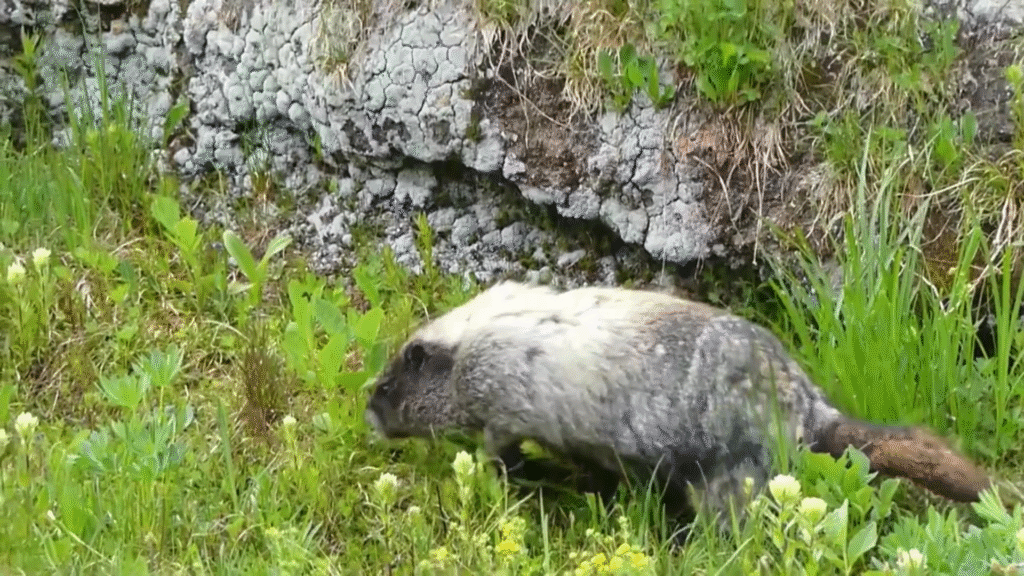
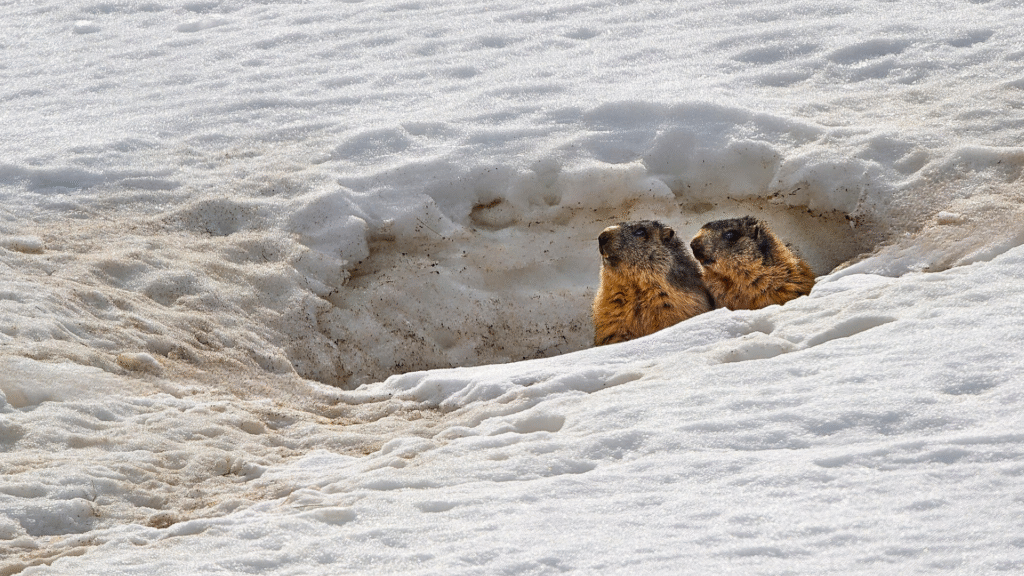
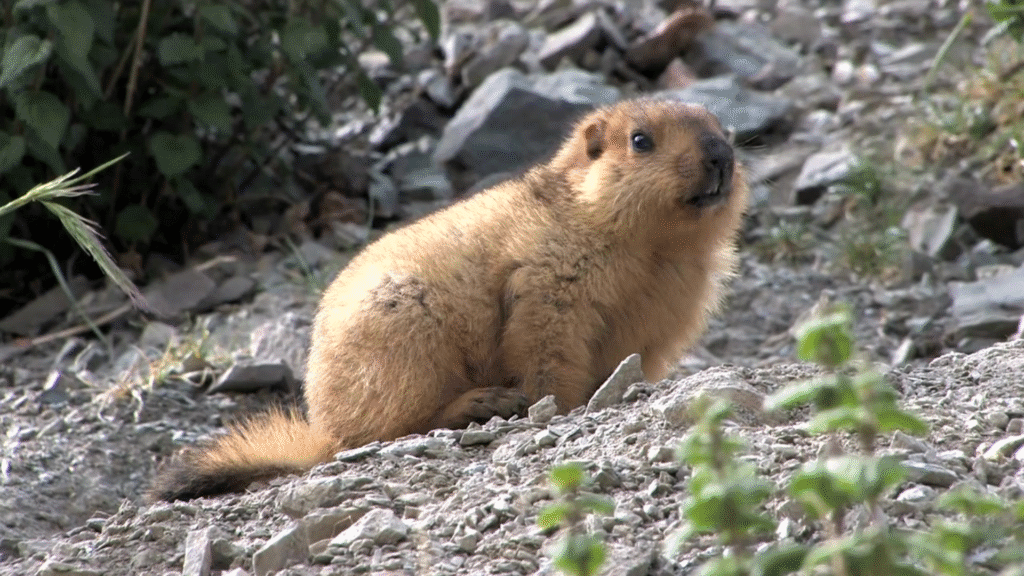
10 Fun Facts About Marmots
- They’re Giant Squirrels
Marmots belong to the squirrel family — Sciuridae — but don’t expect them to scurry up trees. These ground-loving rodents can grow up to 30 inches long and weigh over 15 pounds! - They Whistle… Loudly
Their high-pitched warning calls echo through the mountains to alert the colony of predators — or overly curious hikers. - They’re True Mountain Dwellers
From the Rockies to the Himalayas, marmots thrive in high-altitude meadows and rocky slopes, sometimes over 14,000 feet above sea level. - The Ultimate Power Nappers
Marmots hibernate up to 8 months a year! During that time, their body temperature and heart rate drop dramatically while they snooze underground. - They’re Big on Family
These social cuties live in family groups, play-fight like puppies, and even greet each other with little nose touches. - They Build Underground Cities
Marmots are skilled diggers. Their burrows can be over 60 feet long, with different rooms for sleeping, food storage, and even a bathroom. - 15 Species, One Adorable Legacy
From the yellow-bellied marmot in the U.S. to the alpine marmot in Europe and the Himalayan marmot in Asia, each species has unique traits suited to its region. - Yes, There Are Marmot Festivals
Groundhog Day? That’s marmot culture! In some parts of the world, marmots have inspired songs, plushies, and entire celebrations. - They Communicate with More Than Whistles
Scientists have discovered marmots use chirps, barks, and body language to “talk.” It’s basically marmot Morse code out there. - They’re a Keystone Species
Marmots help shape their ecosystems by digging, providing shelter for other animals, and serving as prey for predators. Take them away, and the mountain balance tips.
About Marmots
Family: Sciuridae (squirrel family)
Habitat: Alpine meadows, rocky slopes, and tundras across North America, Europe, and Asia
Diet: Grasses, flowers, seeds, berries, and other vegetation
Courtship & Babies:
Mating season begins soon after hibernation ends. Litters typically have 3–8 pups born in spring. Pups stay underground for several weeks and are weaned in about a month. Many remain with their family group until the next hibernation season.
Why We Love Them
Marmots aren’t just adorable — they’re resilient, resourceful, and surprisingly complex. With their social lives, epic naps, and impressive underground homes, they’ve earned their spot as one of our favorite wild rodents.
And let’s be honest — any animal with its own holiday (Groundhog Day!) deserves a little extra spotlight.
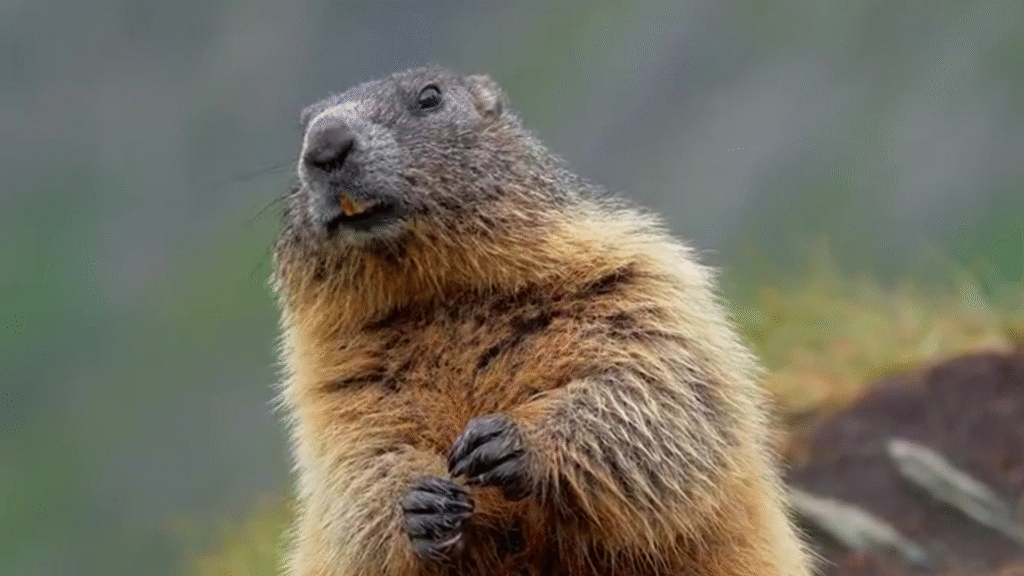
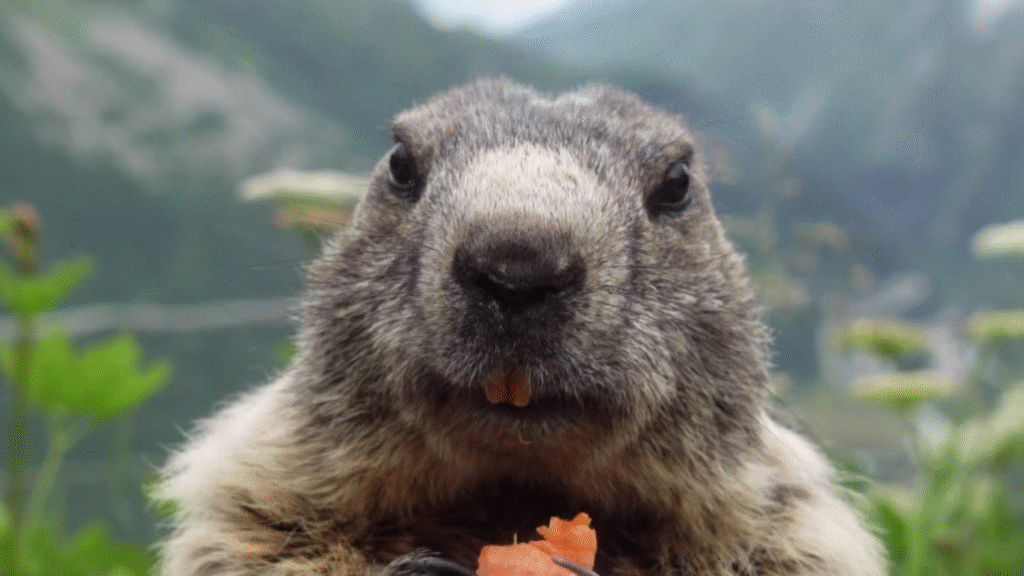
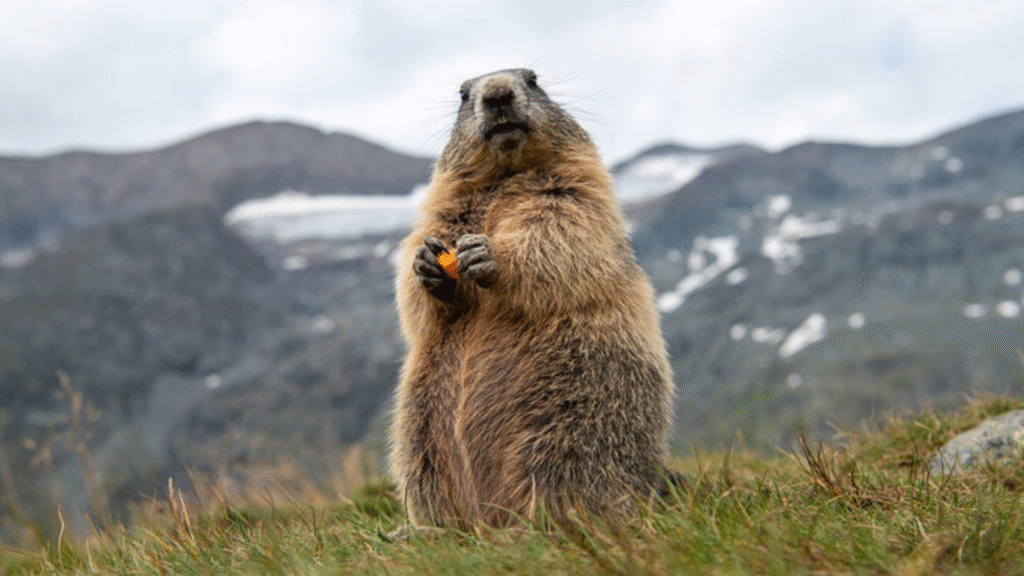
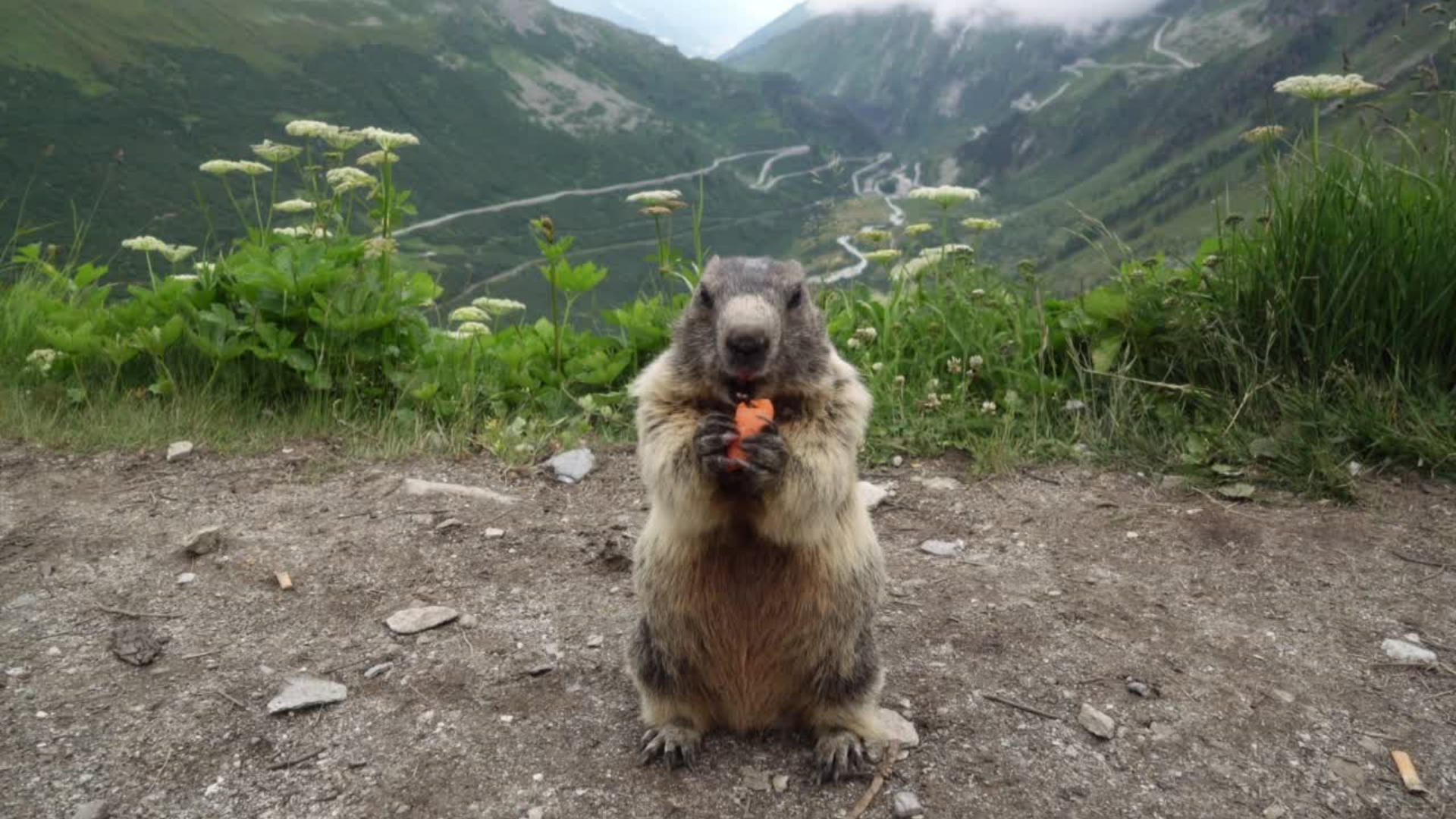
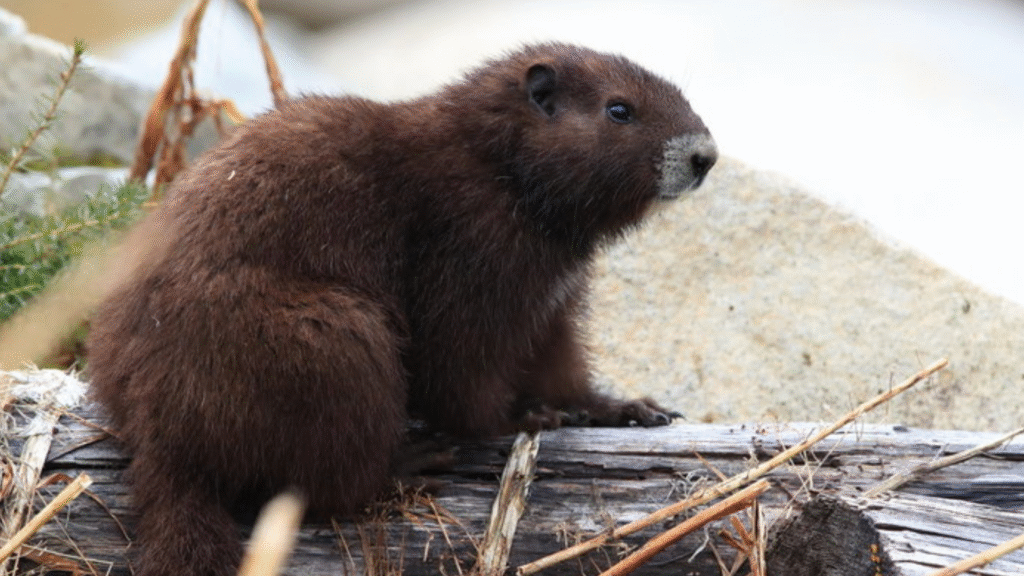
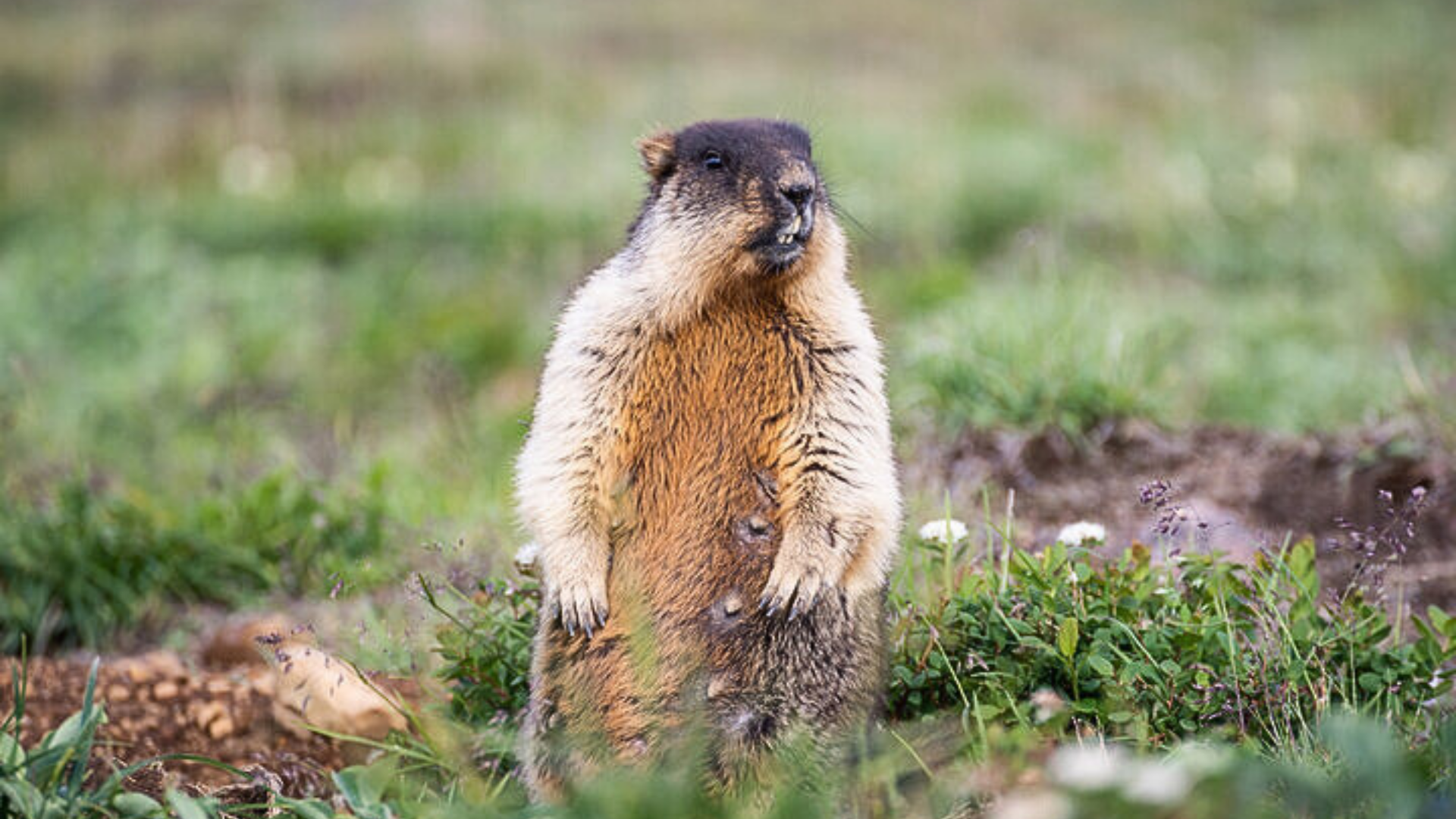
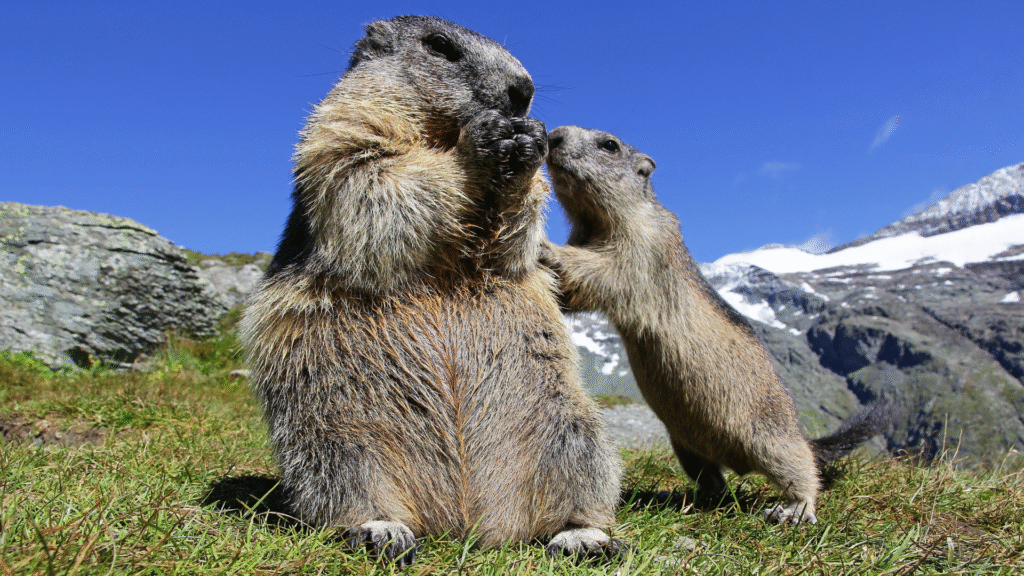


More Than Just a Cute Face
Marmots may be known for their fluffy appearance and funny whistles, but these animals are also ecological powerhouses. Their behaviors, like digging and foraging, help cycle nutrients, shape plant growth, and support biodiversity. They play an essential role in mountain food webs, and their presence can even be a sign of a healthy ecosystem. So the next time you spot a marmot on a rocky ledge or hear its shrill warning call, remember—there’s a whole lot of impact packed into that chonky little frame.
Watch Our Video
Watch now:
https://www.youtube.com/watch?v=B7UruKkEJ1s
Which marmot fact surprised you the most? Drop it in the comments — we’d love to hear from you!
Explore More
Want more incredible mountain creatures like this? Check out our Mountain & Alpine Animals category!

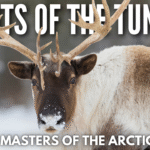




Leave a Reply